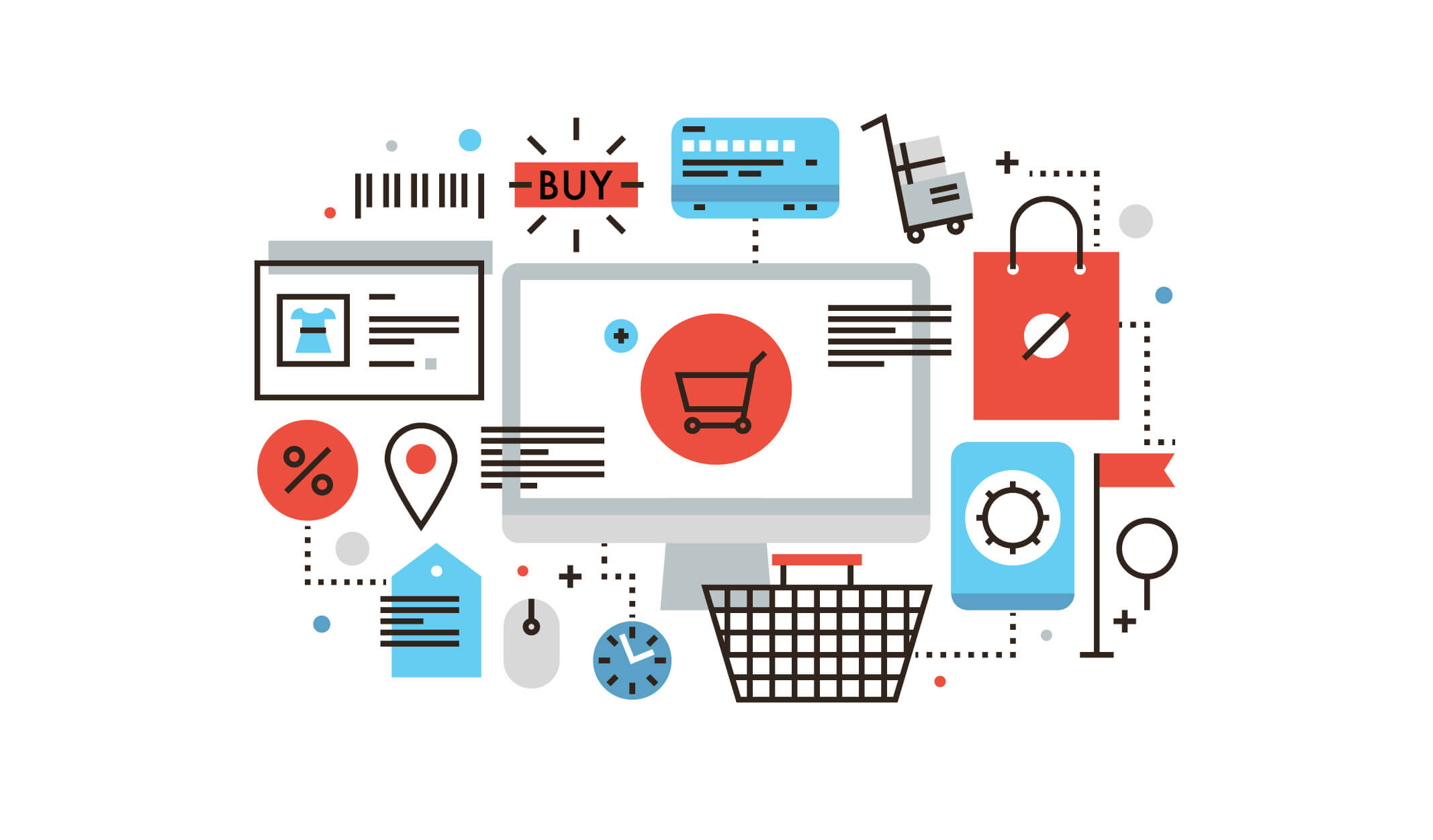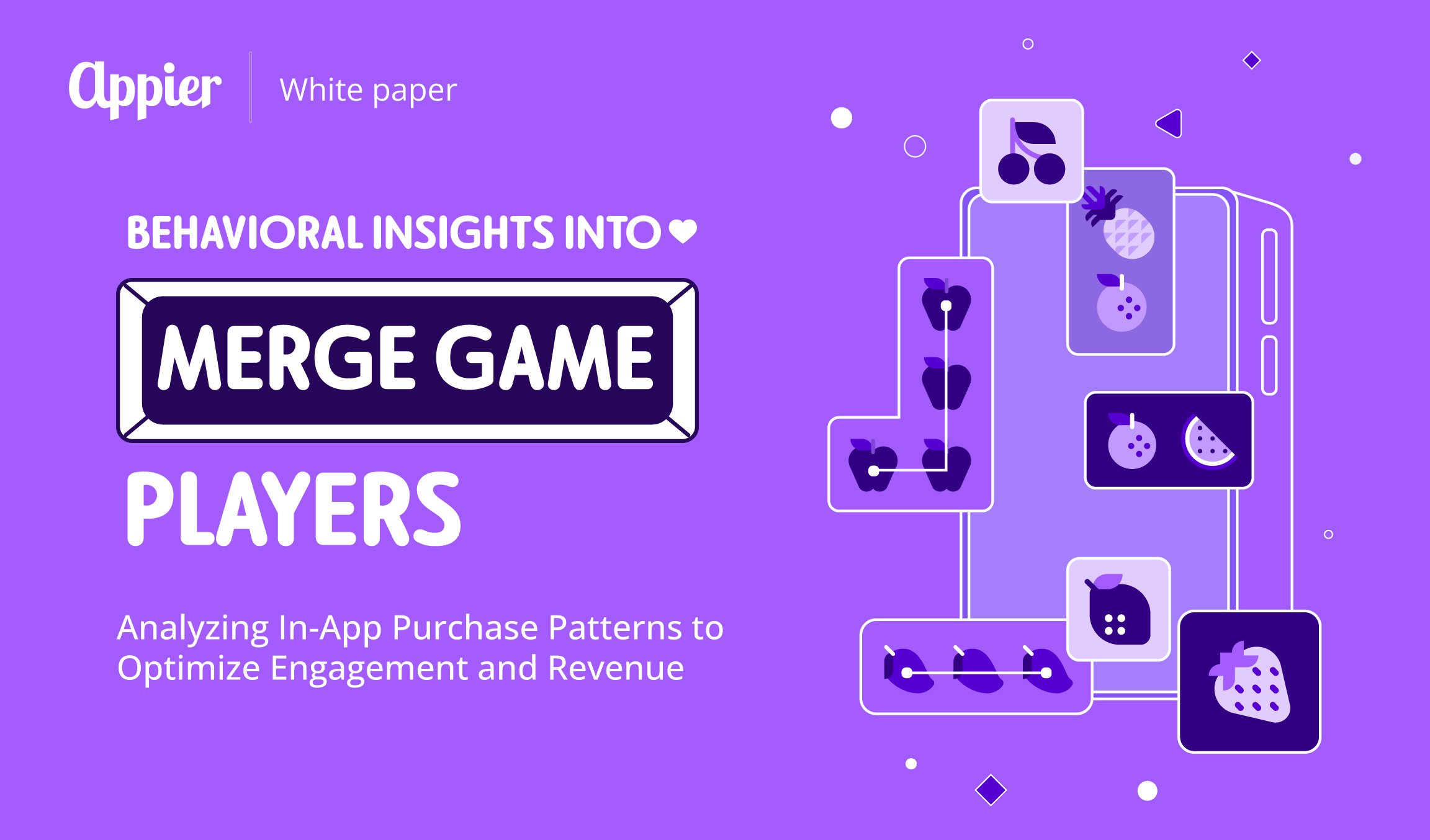3 min read
In the world of online retail, knowing who your customers are is only half the battle. Equally as important as knowing their demographic information is understanding how they behave as customers, so you can tailor your marketing offering to their specific needs.
What Is Behavioral Segmentation?
Behavioral segmentation is not the same as market segmentation. While market segmentation encompasses behavioral segmentation, it also includes your customers’ demographic, psychographic and geographic information. Behavioral segmentation, however, focuses specifically on patterns of behavior customers exhibit as they interact with brands and make purchasing decisions.
By leveraging artificial intelligence (AI) to study past behaviors, you can predict customers’ future actions with a high degree of accuracy.
Once you have identified your relevant behavioral methods, you can segment your customers accordingly. Then it is possible to tailor your e-tail marketing to address each segment’s needs.
Why Is Behavioral Segmentation Important?
Behavioral segmentation gives you a more intimate knowledge of your customers. Dividing your overall customer base into more effective segments allows you to market to them with a greater degree of personalization, meeting their needs more accurately and creating more compelling content. This means you are allocating your resources more efficiently, ensuring a higher ROI.
Dividing your audience up into segments also allows you to identify your most valuable customers – for example, those higher spenders and/or the most loyal – and prioritize them. And it lets you see how your audience grows over time, so you can adapt your business to meet their changing needs.
What Are the Key Behavioral Segmentation Parameters?
1. Purchasing behavior
Purchasing behavior segmentation analyzes how customers act throughout the decision-making process, giving your business real insight into their mindset. How involved are they in the purchasing process? What barriers to purchase stand in their way? And which behaviors are most indicative of purchase-making?
For example, there is a huge difference in customer behavior between someone choosing a new brand of car and someone buying their regular brand of instant coffee. The former is a major purchasing decision with huge differences between the brands – the customer’s choice will make a major difference to their day-to-day life. Whereas the latter is a habitual purchasing decision, born of personal taste rather than detailed market analysis.
2. Usage
How – and how often – your customers use your product or service is a strong predictor of customer loyalty or churn. Segmenting your clients into heavy, medium and light users will help you prioritize marketing to the heavy users while upselling to the others.
3. Benefits-driven
While customers in a certain segment might all buy the same product, they might do so for very different reasons. And you would not know by only analyzing their demographic profiles.
For example, women in their mid-30s might buy the same model of running shoe, some for running, and some only to wear as a comfortable, everyday sneaker. While marketing the same running benefits to all would appear to the joggers among your customers, you would miss out on those just looking for a comfortable sneaker.
4. Buyer journey stage
Knowing which stage your customer is at in the buying journey is crucial to sending them relevant marketing messages in order to increase conversions. It will also let you see if there are any stages where customers are not progressing – perhaps lots of them are putting items in their online shopping basket but not completing checkout, for example. In which case, a coupon could help.
5. Occasion
Occasion- or timing-based behavioral segments can refer to universal occasions like the Black Friday sales and national holidays like Christmas, as well as personal occasions like birthdays, anniversaries, weddings and holidays. As well as major occasions, you can segment your customers based on when they are most receptive to offers, for example if they buy most of their kids’ toys or search family trips during their morning commute ahead of school holidays.
6. User status
Are you marketing to a first-time buyer? A prospective customer? Maybe you are messaging a loyal customer, or one who has defected to a competitor brand? Segmenting customers by user status will help you decide what marketing content is appropriate to send, and how to do so (via email, SMS, in-app notification etc.).
Behavioral segmentation is another way to gain a more granular view of your customers. By understanding their motivations, habits and impulses when it comes to making a purchase, you will be better placed to serve their complex needs.
Want to learn more about effective segmentation strategies and tools you can use to optimize and automate your customer engagement? Contact us today!



-1.png?width=3000&height=1834&name=SuperLike_%E5%B7%A5%E4%BD%9C%E5%8D%80%E5%9F%9F%201%20(1)-1.png)